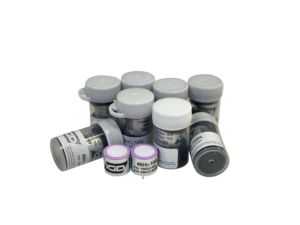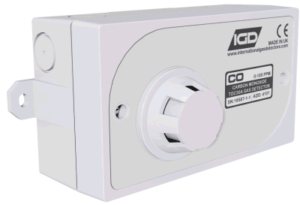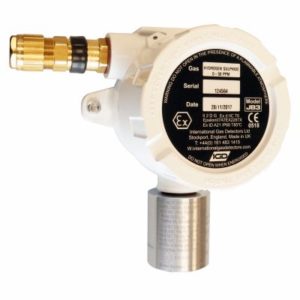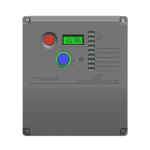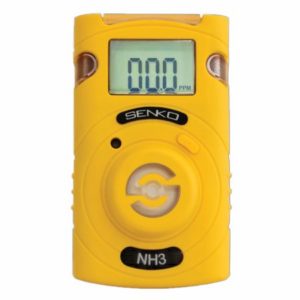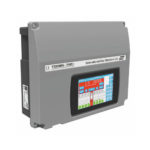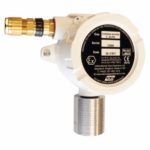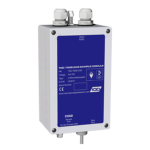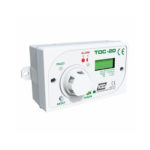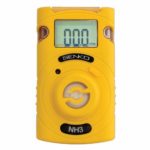IGD offers a range of refrigeration gas detection solutions and detectors depending on the site requirements. From our standalone TOC-20 series for Freon gases to our industry leading ammonia and CO2 IR sensors. No project is too small or too large for IGD and our detection solutions are scaleable to meet your site demands. Discussed below is a short description about the different gases found in the refrigeration industry both commercial and industrial. In addition we also discuss IGD’s refrigeration gas detection solutions and the key benefits our systems provide to you. Finally this article will end with a discussion on the different types of gases used in the industry such as Freon, Ammonia and CO2. You can find a case study about our ammonia detection solution here.
 Firstly What is Refrigeration?
Firstly What is Refrigeration?
Refrigeration is the process of mechanically reducing the temperature of a space, product or process. To achieve this the process of refrigeration uses a heat pump of some kind and a working fluid. Most industrial refrigeration plant’s work using a heat pump operating a vapour compression cycle (Carnot cycle). In effect this is man-made cooling.
There are several working fluids that can be used in the refrigeration cycle. Refrigerants are assigned an R number for example:
| Refrigerant Gas | Refrigerant R Number | Global Warming Potential |
| Methane | R-50 | 1760 |
| Chlorodifluoromethane | R-22 | 1760 |
| Carbon Dioxide | R-744 | 30000 |
| Propane | R-290 | 12 |
| Butane | R-600 | 12 |
| Ammonia | R-717 | 0 |
| Water/Steam | R-718 | 0 |
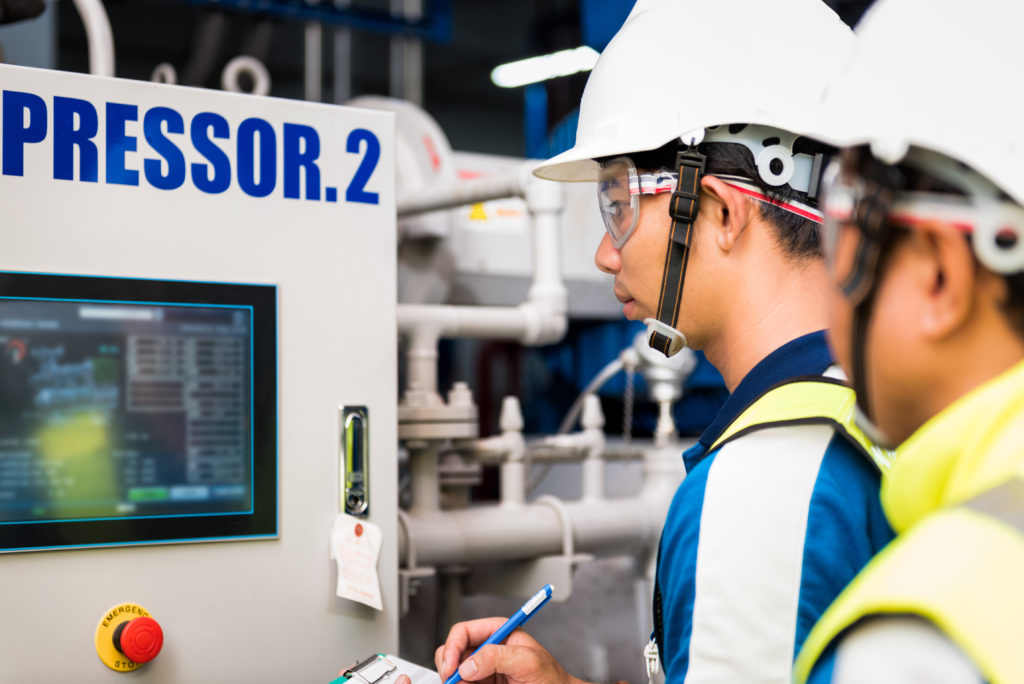
Mechanical inspector and training recording to operation monitor of compressor in the plant for production process, routine daily record.
Until they were banned for their Ozone depleting effects CFC’s or ChloroFluoroCarbons were employed as highly effective refrigerant gases.
CFC’s have since been replaced by HCFC’s, HFC’s and PFC’s. Whilst many are not Ozone depleting many have global warming potentials up to a thousand times greater than CO2. In response to this, refrigerants are now also classified by their CO2 equivalence. In Europe F Regulations (Fluorinated Hydrocarbons) are in place which mandate the use of Gas Detection for Refrigeration or other leak detection methods to quickly detect leaks in refrigeration systems. The F Gas regulations have been re-issued in 2015 and limit the use of HFC’s due to their capacity for global warming if released.

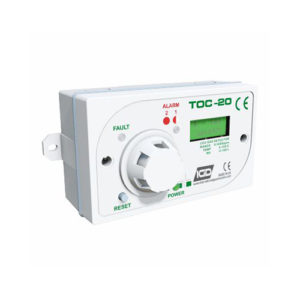 Firstly What is Refrigeration?
Firstly What is Refrigeration?